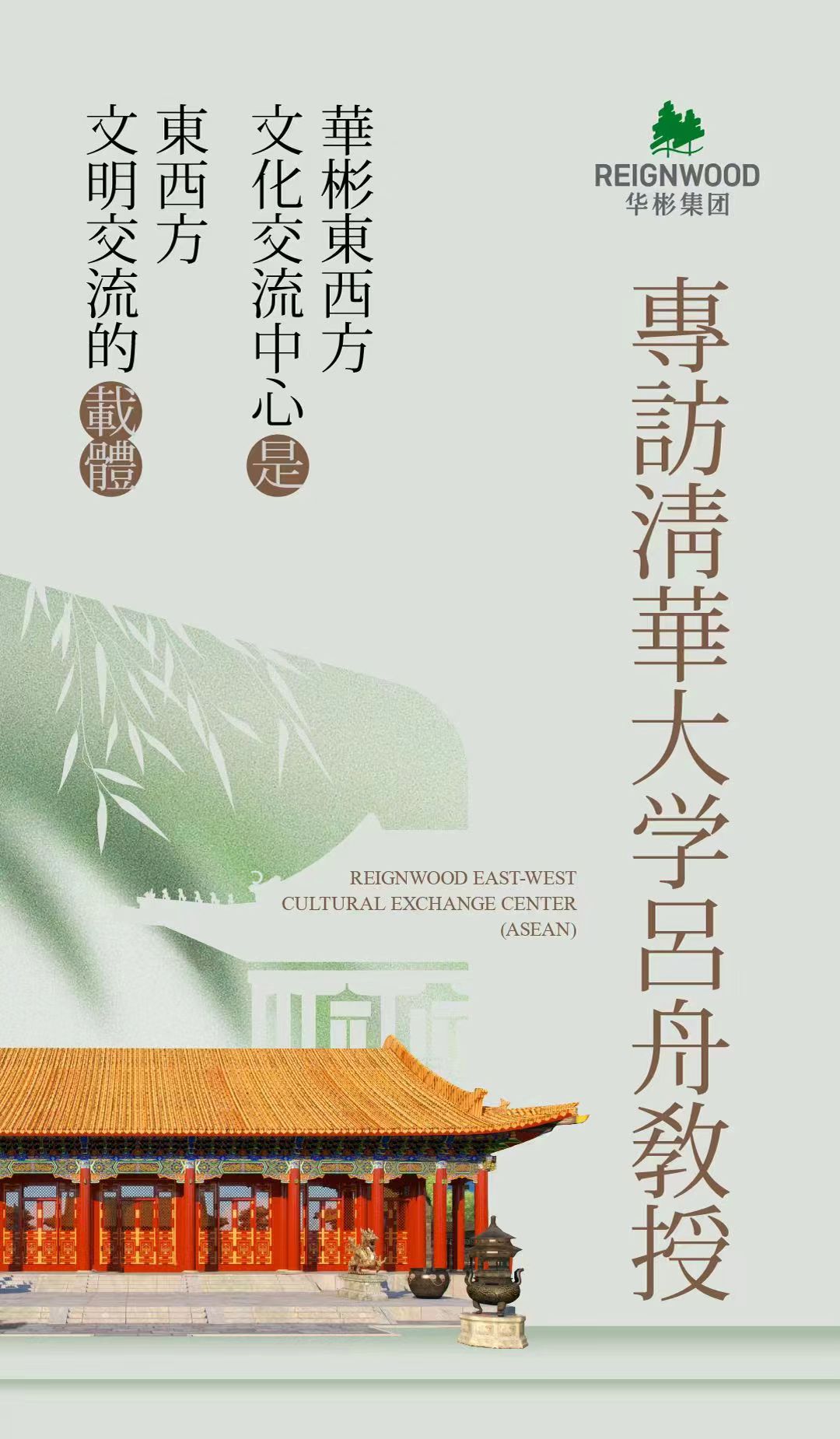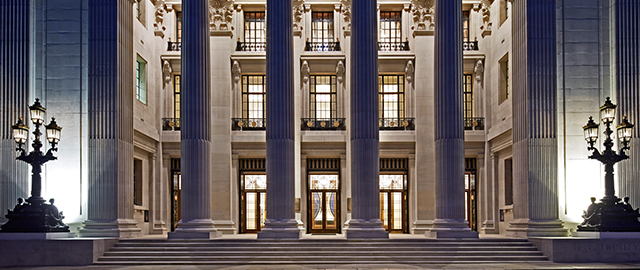
Today is the Cultural and Natural Heritage Day. Let’s join with Professor Lu Zhou and the team of experts of the East-West Cultural Exchange Center, to feel the perception of Chinese culture and craftsmanship inherited from the intangible cultural heritage.
Reignwood East-West Cultural Exchange Center is designed based on the Renshou Hall of the Summer Palace, which was built in 1750. "The Summer Palace is the most complete royal garden we have preserved. It reflects the etiquette system of the Chinese people, and the Hall of Renshou was originally the seat of the government" , Professor Lu Zhou revealed for the first time the special reason behind the blueprint selection of Reignwood East-West Cultural Exchange Center.
He said, "Chinese culture pays attention to the integration of ritual and music. Ritual is a kind of order, and music is a kind of joy, which reflects the integration of culture and nature. Both of these are reflected in the Summer Palace series of buildings."
“What is more fitting is that the name of the Hall of Renshou has the meaning of ‘the benevolent loves others’. That coincides with the same meaning which Reignwood East-West Cultural Exchange Center is eager to carry at some point. It is a very inclusive concept. The East-West Cultural Exchange Center actually contains the meaning of cultural tolerance and a heart for the world." Professor Lu Zhou explained.
When asked what is the significance of Reignwood East-West Cultural Exchange Center as the carrier of the highest level of architectural skills in Ming and Qing Dynasties in China, Professor Lu Zhou said, “The practical experience at Thailand is to gather different civilizations together, let everyone see the brilliant charms of different civilizations, and promote better communication and integration, for benefiting new development in our world nowadays.” In Professor Lu Zhou’s vision, in the future, it is also suggested that the Reignwood East-West Cultural Exchange Center be used as a space to actively strengthen the dialogue and interaction between Thai and Chinese traditional construction techniques.
As the result of the inheritance of Chinese intangible cultural heritage skills, Professor Lu Zhou said: “Through the practical experience of the East-West Cultural Exchange Center project, it provides a space that we can use traditional craftsmanship to build a new traditional building. The process makes the techniques active and helps the inheritors, so that they can be passed on during the construction process."


